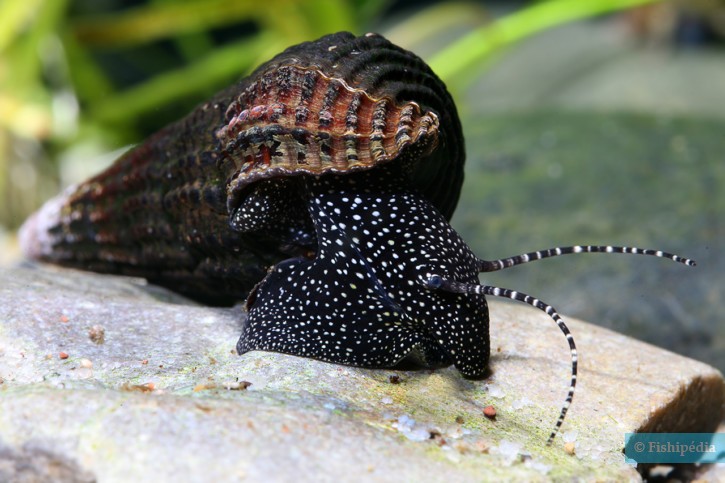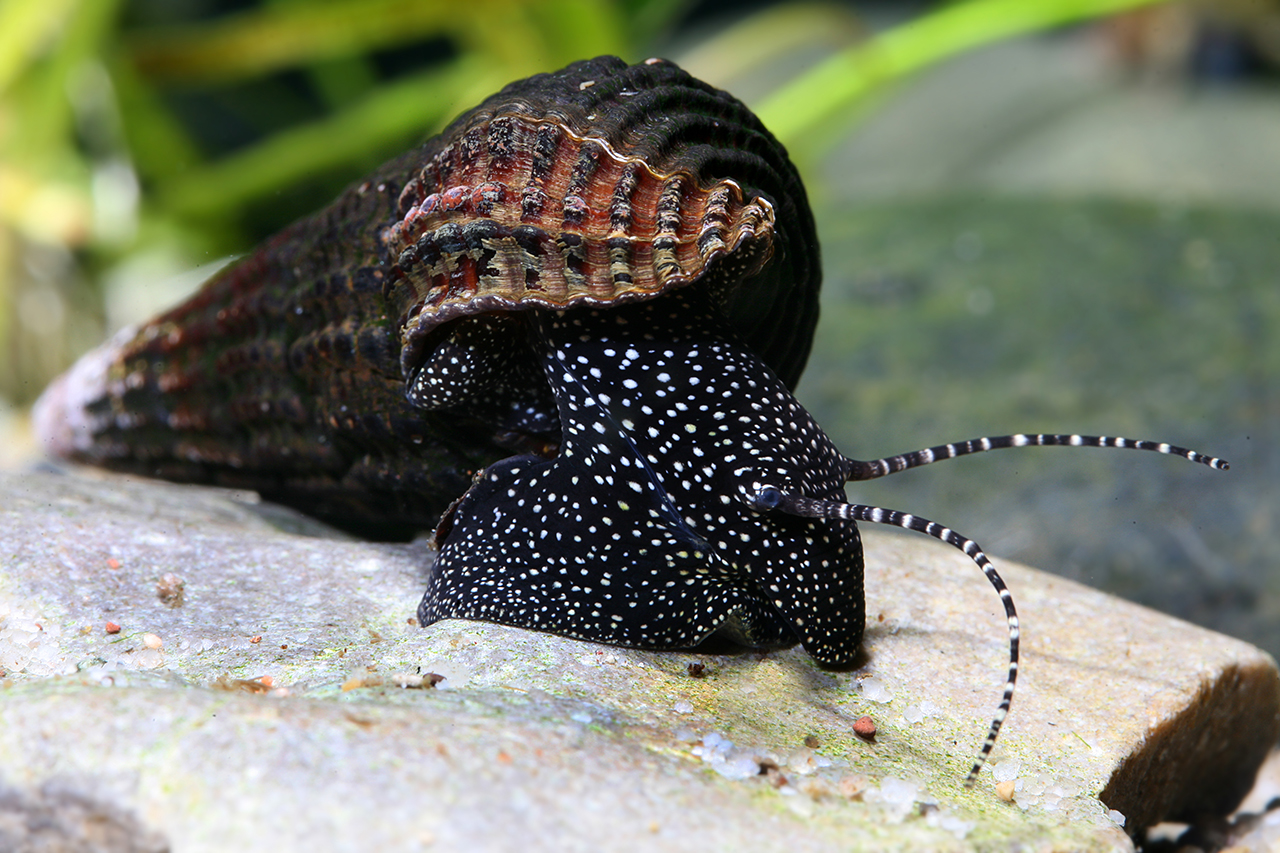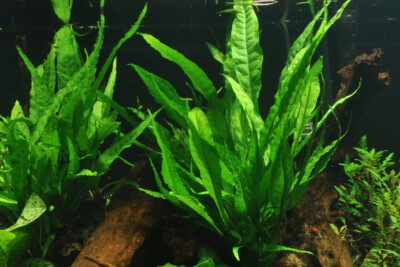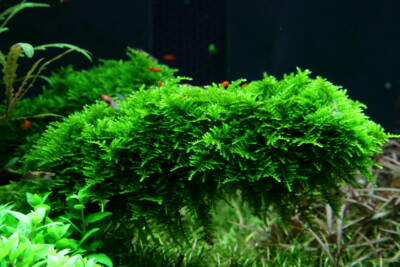Introduction
Tylomelania patriarchalis is a fresh water mollusc from the Asia.
This sheet is currently being prepared. The texts currently proposed come from our data model or are being drafted. To request priority for this content, you can write to us HERE.
Who is it?
Genus Tylomelania
Snails of the genus Tylomelania are endemic to the island of Sulawesi. They are found in the Malili lake system, one of Asia’s major freshwater biodiversity hotspots. According to the WoRMS website, no fewer than 40 snail species are distributed among lakes Mahalona, Masapi, Matano, Towuti, and Wawontoa. These ancient lakes are also known to harbor numerous endemic species of fish and crustaceans.
All Tylomelania snails studied by the IUCN are considered endangered or critically endangered in the wild. The populations of most species are extremely localized, making them especially vulnerable. In addition, they are directly threatened by water pollution from agriculture and gold mining, ecosystem alterations for water management, and the presence of invasive species. Already impacted populations are also potentially threatened by collection for the aquarium trade.
Before being classified under the genus Tylomelania, several snails were described under the genera Melanatria and later Brotia. These names are still occasionally used. The taxonomy of the genus is not yet fully resolved, and several species remain undescribed to this day, including some found in the aquarium trade.
Tylomelania snails are viviparous and dioecious; they do not change sex. Females give birth to a single, fully developed juvenile, which they brood in their uterus. In the wild, they feed on plant material and various detritus, grazing on rocks or soft substrates. They are strictly freshwater snails, and their entire reproductive cycle occurs in freshwater. Some species inhabit waters that remain near 30°C year-round, while others live in the cooler rivers of the island.
In all species, the shell is elongated and conical. The radula—essentially the snail’s tongue—is generally very long and robust, with between 130 and 250 rows of teeth. In some species, the radula is even longer than the shell itself.
The striking shapes and vivid colors of these gastropods have made them popular among aquarists. They are commonly known by various names such as “elephant snail,” “rabbit snail,” or simply “Tylo.” Since they can reproduce easily in freshwater, and given the threats facing wild populations, we believe it is not appropriate to purchase individuals collected from the wild.
Morphology
-
Type
-
Size6 - 10 cm
-
Mimicryplants
-
Type of mouthradula
-
ChromatophoresNo
-
Motifponctuations
-
Type
-
Size6 - 10 cm
-
Mimicryplants
-
Type of mouthradula
-
ChromatophoresNo
-
Motifponctuations
How to recognize This mollusc ?
Tylomelania patriarchalis measures between 6 and 10 cm. This mollusc is bicolore with a predominantly noir, marron and blanc body. The also has blanc ponctuations.
Behaviour & Life cycle
-
Sociabilityliving in a group or alone
-
Way of livingdiurnal
-
VenomousNo
-
Dietgrazer
Tylomelania patriarchalis is a mollusc living in a group or alone naturally found near the rocks. This species is scavenger .
n general, this species does not care much about other animals crossing its path.
Reproduction
-
Reproductionovovivipare
Tylomelania patriarchalis is a mollusc ovovivipare.
Harmless species
This species does not represent any particular threats to humans when encountered in its natural environment.
Origin and distribution
Conservation status of populations (IUCN)
What is its habitat?
Natural environment characteristics
-
Temperature27 - 30 °C
-
pH (acidity)7 - 8.5
-
FlowSlow and Stagnant
Biotope presentation
Tylomelania patriarchalis is most often found at a depth between 0m and 10m. However, it is not impossible to find this species at other depths.
Main recommendations for fishkeeping
Deontology
In order to preserve wildlife, if you acquire this animal, it must not be released into the wild. See also, the Fishipedia charter.
Fishipedia supports the practice of responsible and environmentally friendly aquarium keeping. We encourage maintenance if it is motivated by a desire to understand the biological functioning of living things and if it is done with respect for animal life.
We believe that aquaristics is an opening to the discovery of aquatic environments, especially freshwater, and that this knowledge is necessary to better protect and respect these environments. Logically, we refute the compulsive purchase of animals that would not find a sufficient and / or adapted place in the host aquarium.
Our recommendations
-
Min volume100 liters
-
Population min1
-
Temperature27 - 30 °C
-
pH (acidity)7 - 8.5
Characteristics
-
Behaviourpeaceful
-
Robustnesssensible
Recommended equipment from our partners
-
Aquarium
-
Filtration
General reminders
It is strongly advised to read the complete dedicated file and to get information on the feedbacks of maintenance of the envisaged animal, this to avoid any potential conflict whose end result is generally the death of the individual (or the other inhabitants). It is important not to overload your aquarium to limit pollution. This will make maintenance easier.
In nature, animals are subject to weather conditions and live in waters with variable characteristics. The recommendations offered by our team for aquarium maintenance are a guidance and cannot be assimilated to scientific datas.
General reminder on maintenance datas
Le démarrage d'un aquarium est une partie primordiale pour l'équilibre et le bien-être des poissons. Lorsque l'on met en eau un aquarium, l'eau passe naturellement par un cycle biologique : le cycle de l'azote. Celui-ci dure environ trois semaines. Tous les 2 jours, nous vous conseillons de tester votre eau jusqu'à ce que le taux de nitrite soit à zéro pendant plusieurs jours d'affilée.
Pour accélérer ce cycle, vous pouvez utiliser un activateur de bactéries comme JBL Denitrol. Cette solution riche en bactéries vivantes et enzymes permet une mise en place rapide du cycle de l'azote. Les poissons peuvent alors être introduits plus rapidement.
Il est important de tester l'eau de son aquarium régulièrement pour maintenir un environnement sain pour les poissons et les autres habitants. Les tests d'eau permettent de mesurer les niveaux de différents paramètres tels que le pH, la dureté totale, ainsi que les taux de nitrates, de nitrites et d'ammoniaque.
Pour réaliser ces tests, vous pouvez utiliser des produits d'analyse spécialisés tels que JBL ProScan qui permet de réaliser un diagnostic de l'eau directement via un smartphone. Il existe également des coffrets de tests plus classiques de bandelettes, comme JBL PROAQUATEST.
En cas d’usage de l’eau du robinet, vous pouvez utiliser un conditionneur d’eau de type Biotopol de JBL pour éliminer les substances nocives comme le chlore, le cuivre, le plomb et le zinc. Une eau trop dure ou trop calcaire peut être inadaptée à de nombreuses espèces tropicales d’eau douce. Si nécessaire, vous pouvez la couper avec de l’eau osmosée ou de pluie filtrée afin d’obtenir une dureté plus adaptée aux besoins de vos poissons et de vos plantes. Les conditionneurs d'eau garantissent une meilleure santé aux poissons et une meilleure croissance des plantes.
Chlorine and chloramine are dangerous for the health of animals. Used to disinfect water, these agents are present in significant quantities in tap water. We recommend using an anti-chlorine agent every time you change the water. In addition to chlorine, treatments and medicines sold for aquarium use sometimes contain dangerous heavy metals in high doses.
Specific needs for Tylomelania patriarchalis
Tylomelania patriarchalis is a species which lives naturally at a temperature between 27 °C and 30 °C. Tylomelania patriarchalis is sensitive to abrupt changes in parameters as well as to chemicals. Its acclimation in an aquarium must be done with special care to prevent it from developing diseases or weaknesses. Nitrate levels should remain below 25mg/L. To keep the water clean and unpolluted, plan on changing 20% to 30% of the water volume each month.
The breeding of this species is accessible on condition of being well informed about its needs in aquarium . Any cohabitants must be chosen with care to avoid the loss of animals. This animal is somewhat more sensitive than others to environmental influences and water quality.
This species is generally available in specialized shops or from aquarium clubs. Specimens that have been bred for a long time are easier to breed, but special water parameters must be respected.
Cohabitation & Environment
In a community aquarium context, this species should be kept in a minimum volume of 100 liters.
Tylomelania patriarchalis is a peaceful species that generally does not exhibit behavioral problems in a community aquarium.
Tips for feeding
Tylomelania patriarchalis is scavenger.
This species can eat dry food (flakes, pellets), fresh food and frozen food. To avoid deficiencies, it is recommended to vary the types of food.
Feed animals in moderation to maintain good water quality. Meals should be eaten within 2–3 minutes, served in several small portions rather than a single large ration.
Uneaten food quickly decomposes, releasing ammonia, nitrites, and nitrates, which disturb the aquarium’s biological balance.
Make sure each species can access food properly, slower or bottom-dwelling individuals may require targeted feeding.Reproduction protocol
-
Maintenance difficultymoderate
-
egg-laying protectionNo
Hybridization risks
In general, it is advised not to mix several species of the same genus or different varieties of the same species, to avoid the risks of hybridization.
These plants might interest you
Plants play a crucial role in aquariums, both for their ability to filter water by absorbing excess nutrients and for their aesthetic contribution. They provide fish with natural hiding places, can serve as breeding sites, and generally help maintain the overall balance and optimal conditions of the aquarium. The selection presented here includes species from the same regions as the species described on this page, although they do not necessarily come from its exact natural biotope.
To go further
Sources & Contributions
Participation & Validation
The Fishipedia team and specialist contributors are committed to providing high-quality content. However, although the information comes from scientific sources or testimonials from specialists, the cards may contain inaccuracies.
Translation
Translation done with the valuable contribution of our translators, who make this information available to a wider audience. We sincerely thank them for their commitment.
Bibliographic references
- - GBIF
- - A Snail Perspective on the Biogeography of Sulawesi, Indonesia: Origin and Intra-Island Dispersal of the Viviparous Freshwater Gastropod Tylomelania - Thomas von Rintelen - Bjorn Stelbrink - Ristiyanti M. Marwoto - Matthias Glaubrecht - PLoS ONE - 2014.
- - Anatomy of an adaptive radiation: a unique reproductive strategy in the endemic freshwater gastropod Tylomelania (Cerithioidea: Pachychilidae) on Sulawesi, Indonesia and its biogeographical implications - THOMAS VON RINTELEN - MATTHIAS GLAUBRECHT - Biological Journal of the Linnean Society - 2004.














